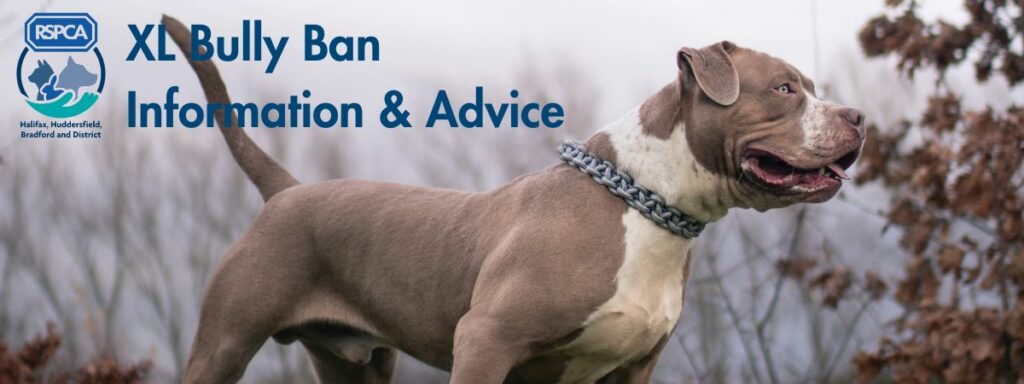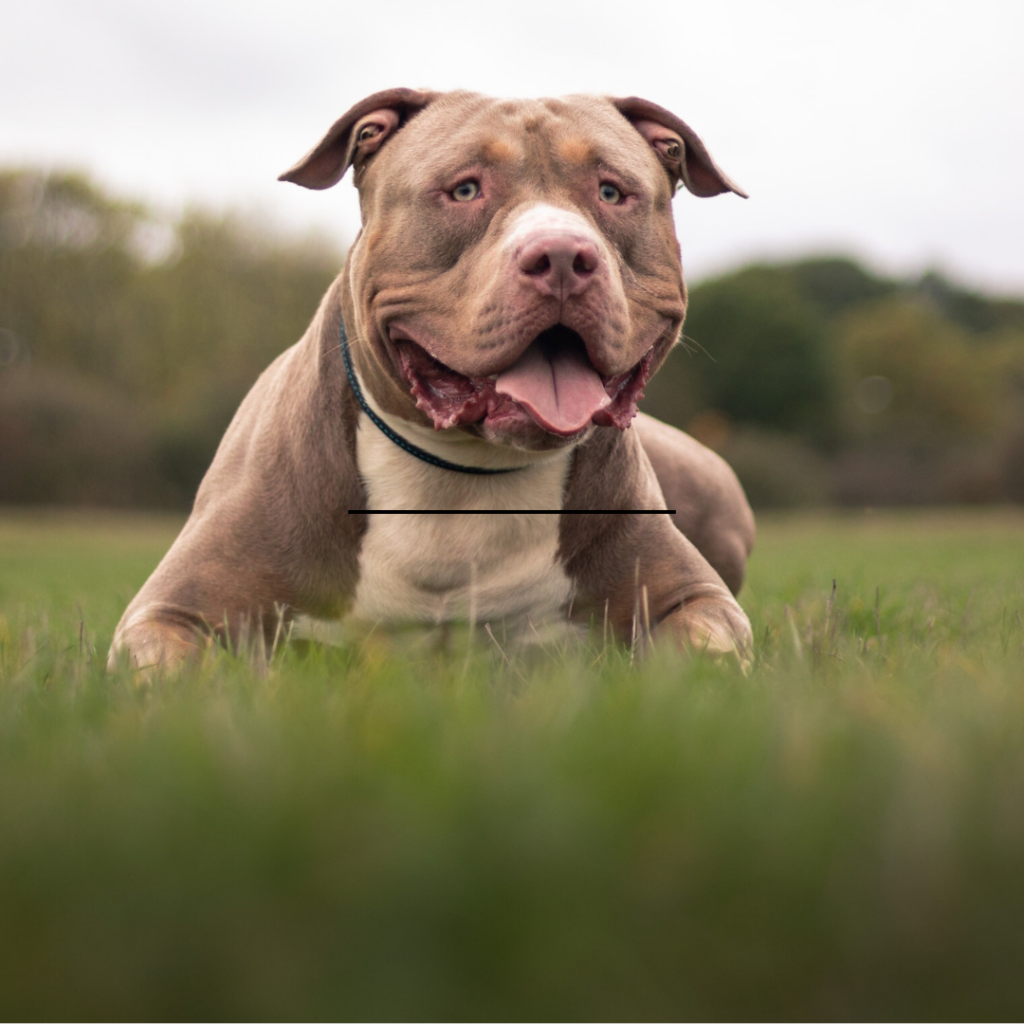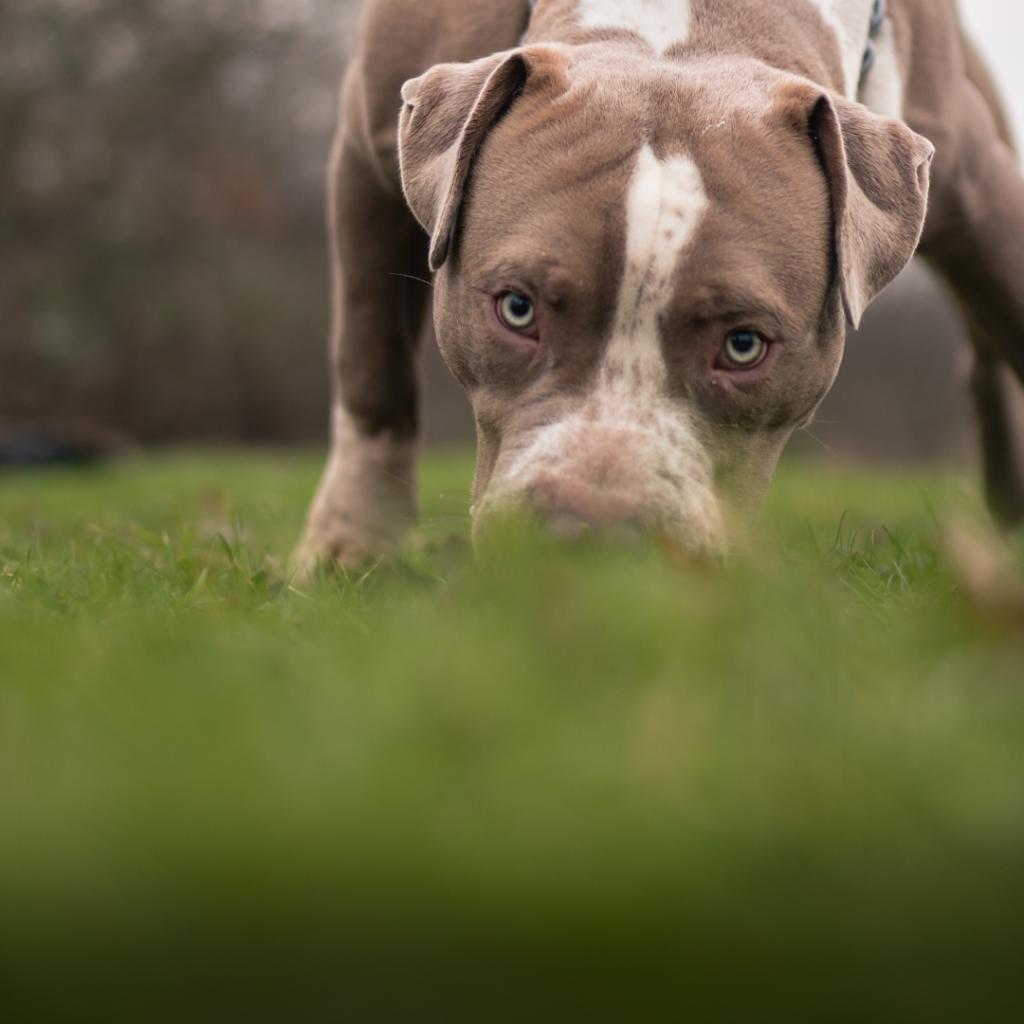
What to do if you own an XL Bully…
The recent ban on American Bully XL type dogs is extremely upsetting for both XL bully owners, our dog-loving community and for local rescues. We will do all we can to support our XL Bully community and owners, with support and advice. You can contact us on our socials, call 01422 365628 or email enquiries@rspcahalifaxhuddersfieldbradford.org.uk if you have any questions. We want to give this community the very best chance of staying together with their dog when the ban is legally enforced.
See below for more information and how to best prepare for the ban. We will keep this page up to date with the latest information and advice.
What has the Government proposed?…
As of Tuesday 31 October, the Government announced that the American Bully XL type dog has been added to the banned breeds list on England and Wales.
From 31 December 2023 breeding, selling, advertising, rehoming, abandoning and allowing an American Bully XL dog to stray will be illegal. From this date, these dogs must be kept on a lead and muzzled in public.
From 1 February 2024, it will then become illegal to own an American Bully XL dog if it is not registered on the Index of Exempted Dogs.
Is it illegal for me to own an American Bully XL?
From 1 February 2024 it will be a criminal offence to own an XL Bully in England and Wales unless you have a Certificate of Exemption for your dog. Owners will have until 31 January 2024 to apply for this exemption. The Government will provide more information on how to apply for an exemption for an American Bully XL dog soon, and we’ll update this page when they do.
We know this is worrying if you own a dog who could be classed as an American Bully XL but try to stay calm and not panic. See below for more information about our support and how we can help owners prepare for the ban.


How will I know if my dog will be classed as an American Bully XL?
The law is concerned with the type of dog rather than the breed, and prohibited types are identified according to their appearance rather than their breed name, genetics (DNA), or parentage. The Government has developed an official definition of an American Bully XL. It includes details on height, shape and other features.
Glossary of language used in Government definition:
- Bite: the relative position of the upper and lower teeth when the mouth is closed.
- Coat: the hairy outer covering of the skin.
- Croup: part of the back from the front of the pelvis to root of the tail.
- Forequarters: the front part of dog excluding head and neck.
- Hindquarters: rear part of dog from behind the loin.
- Loin: the region between the last rib and the beginning of the pelvis.
- Muzzle: the length from the tip of the nose to the stop.
- Pasterns: the pastern is the lower part of the foreleg, just above the foot and below the wrist. Similarly, in the hind leg, the pastern is the portion located above the foot and below the heel (also known as the hock). Every canine possesses a pair of front and rear pasterns.
- Scissor bite: the upper front teeth closely overlapping the lower teeth and set square to the jaws.
- Spring of rib: degree of curvature of rib cage.
- Tail set: the position of the tail on the croup.
- Topline: an outline after the withers to the tail set. Viewed from the side of the dog or from above.
- Withers: the highest point of body immediately behind the neck where height is measured.
What happens if I own an American Bully XL?
Check if your dog is an American Bully XL type dog. Use the Government’s Official definition of an XL Bully dog to identify if your dog may that type. This involves checking the dog’s physical characteristics such as its size and height.
From 1 February 2024 it will be a criminal offence to own an XL Bully in England and Wales unless you have a Certificate of Exemption for your dog. You will have until 31 January 2024 to apply for this exemption. The Government will provide more information on how to apply for an exemption for an American Bully XL dog soon and we’ll update this page when they do. The application costs £92.40.
To keep an American Bully XL dog, you must ensure they are:
- microchipped
- neutered (or if your dog is less than one year old on 31 January 2024, they must be neutered by 31 December 2024)
- kept on a lead and muzzled at all times when in public
- kept in a secure place so that they can’t escape.
And owners must:
- have third party liability insurance against your dog injuring other people
- be aged over 16
- show the Certificate of Exemption when asked by a police officer or council dog warden, either at the time or within 5 days
- let the Index of Exempt Dogs know if you change address, or your dog dies.
If you own an American Bully XL type dog, you can start preparing by making sure your dog is neutered, microchipped and trained to wear a muzzle. watch our handy training video below. You can also obtain third-party liability insurance. You can find more information about preparing for the ban on the Government’s website.
Muzzle training tips:

What is an American Bully XL or XL Bully?
The Government has developed an official definition of an American Bully XL, which you can read in full on their website. It includes detaila on height, shape and other features, The definition was decided by an expert group, led by the Government and made up of police, local authority, vets and other animal welfare experts.
The American Bully XL is defined as a large dog with a muscular body and blocky head, suggesting great strength and power for its size.
Which types of dogs are already banned in the UK?
The Dangerous Dogs Act was introduced in 1991 and gave the Government the power to ban any breed appearing to be bred for fighting or to have the characteristics of a type bred for that purpose. Under the Dangerous Dogs Act, these breed types are banned in the UK:
- Pit Bull Terrier
- Japanese Tosa
- Dogo Argentino
- Fila Brasileiro
It’s illegal to breed, sell, give away or abandon a banned type of dog.
If you own a currently banned breed type, and don’t have a certificate of exemption to keep them, the police can seize the dog and keep them, even if they’re not acting dangerously and no complaint has been made. A court process is then needed to determine if the dog poses a danger to the public and if the owner can apply for an exemption certificate.


